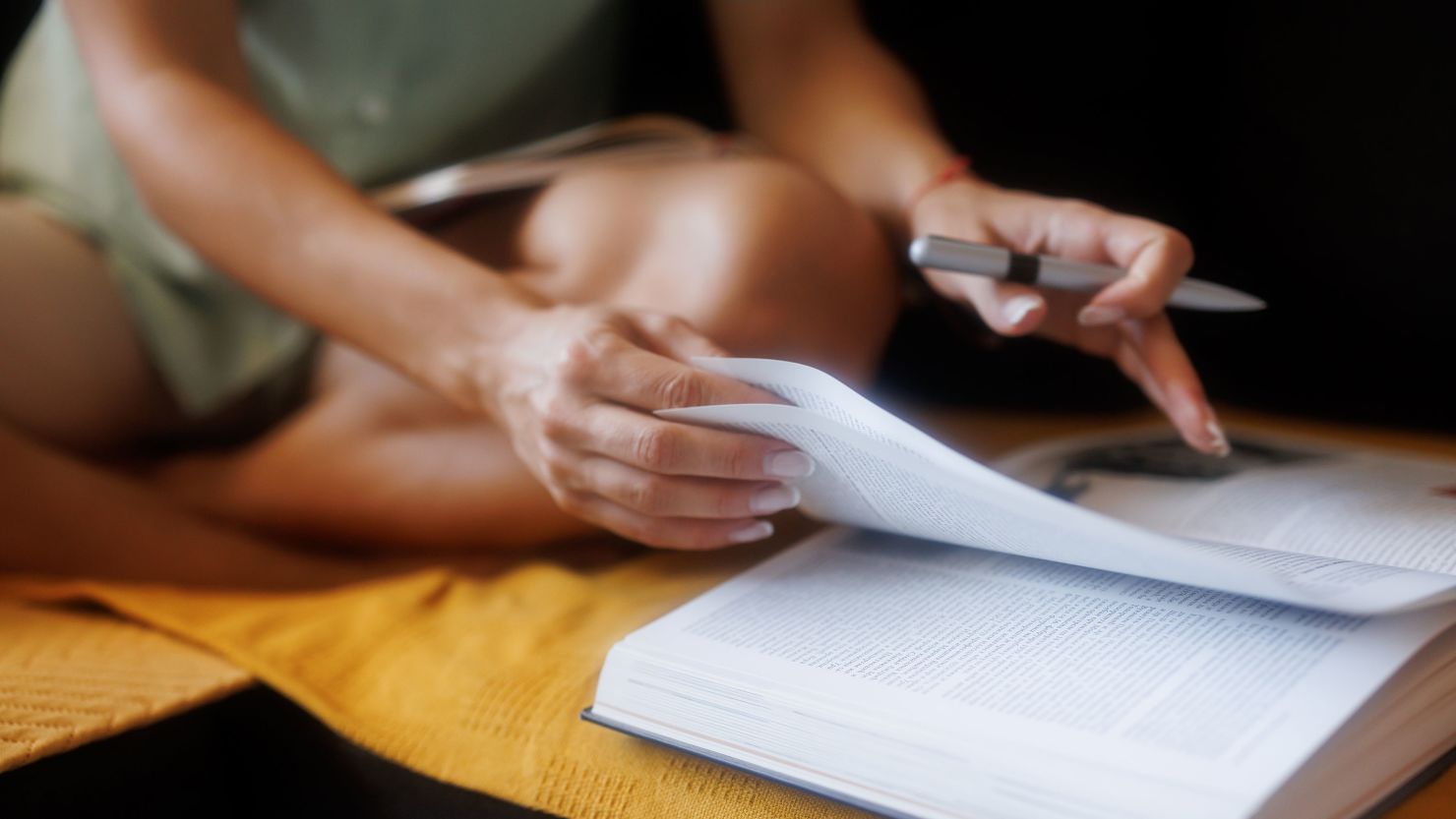Editor’s Note: Elena Sheppard is a culture writer who focuses on books, fashion, theater and history. Her first book, “The Eternal Forest: A Memoir of the Cuban Diaspora,” is forthcoming from St. Martin’s Press. The views expressed here are her own. View more opinion on CNN.
It wasn’t until I got to college that I learned much of anything about women in US history. I had sort of learned about the first ladies (but really just because I’d learned about their husbands) and I’d learned about Betsy Ross (whose legacy as the one to sew the first American flag fits right into historic narratives about women’s work). But while sitting in a first-year college lecture about women’s roles throughout our nation’s growth, I remember feeling stunned that I hadn’t heard most of these names before: Dorothea Dix and her 19th century work to fundamentally change the medical field; Lucy Delaney, the formerly enslaved activist and memoirist; even Elizabeth Cady Stanton, 19th century leader of the women’s rights movement, who occupied only a pullout blurb in my high school textbook.

This gap in my education — and in many American students’ educations — is one with serious repercussions. If during the foundational years of our education, we are perpetuating a male-centric past, our male-centric present begins to feel inevitable. On a policy level, women’s rights are currently being eroded across the United States and women are still fighting for equal pay for equal work. Were we taught in school how fundamental women’s history is to understanding American history, we would not find ourselves in a position where American kids grow up to be American adults with a spotty understanding of women’s contributions and women’s stories. If, while in school, we are taught that the most important histories are about men and written by men, it only makes sense that we then grow up to believe (subconsciously or not) that men’s experiences are the most important ones, too.
A 2017 report by the National Women’s History Museum researched K-12 educational standards in social studies classes nationwide, examining how curricula addressed women and their stories. “All history projects require choices. Including a person or event excludes another. Women often don’t make the cut,” the writers explained. “The most recent study, published in 2016, found that women continue to make up a small percentage of figures in US history textbooks, including illustrations and sidebars.”
The 2017 report also found that when women are included, it’s often as an addendum. “Women are frequently included in lists of marginalized groups as a reminder to teachers that when covering a broad topic, they should also include the experiences of women among others,” their report reads.
Seven years later, not much has improved. To combat that, two high school history teachers have started a national campaign to incorporate more women’s history into high school classrooms via Advanced Placement (AP) classes. Kristen Kelly and Serene Williams are petitioning the College Board — the entity in charge of AP exams and the suite of SAT tests — to create an AP US Women’s History Course. Their argument, as laid out on their website, is that women’s history is not sufficiently taught. In response to a request for comment by The 19th last year, the College Board did not make anyone available for interview, but did release a statement about their criteria for course assessment: “Key to that process is colleges and universities’ willingness to award college credit and placement to students who achieve qualifying AP exam scores,” a spokesperson told The 19th. “Additionally, we evaluate new courses to determine if there is significant demand for the course in high schools. Finally, the launch of the course must also serve the Advanced Placement program’s mission to expand access to a broader student population.”
Were the College Board to stand behind the importance of this subject matter, that would go a long way toward bringing it into non-AP classrooms as well. AP classes and exams are used by both students and college admissions as a marker of academic seriousness and rigor; were women’s history given its own AP course, that subject matter’s importance and depth would be underscored. Of course, it should not only be AP students who are given the opportunity to learn this history. But creating an AP curriculum around it would shine a national spotlight on its importance, hopefully encouraging other learning environments to follow suit.
In a Ms. Magazine article, Kelly and Williams point out that in AP US Government & Politics, and even with the 2022 overturning of Roe v. Wade, of the 14 Supreme Court cases required to be taught, none of them have to do with women’s equality. Of the course’s core texts, none are written by women. In AP US History, women’s suffrage, for example, is taught as just one of many movements encapsulated in the Progressive Era. The end result is a general devaluing of women’s histories, stories and contributions. If we are teaching our students that women are a sidebar to men, is it any wonder if that’s what they grow up to believe?
There is a precedent for this kind of change from the College Board. This coming school year will mark the launch of the AP African American Studies course, introduced after similar backlash highlighted the underrepresentation of the subject matter in the nation’s high school classrooms. The course has faced substantial controversy, with the coursework being revised and many scholars left unsatisfied with the final course offering, saying it doesn’t go far enough into structural racism or critical race theory.
On the other hand, Florida Gov. Ron DeSantis has vowed to ban the course from his state’s classrooms on the grounds that it is promoting a political agenda. Other states — including Arkansas, Virginia, North Dakota and Mississippi — quickly decided that they too would need to review the AP offerings to make sure that they don’t violate state restrictions on the teaching of race. It’s a safe assumption that a women’s studies AP course would face similar controversy and scrutiny, particularly with the inclusion of women’s reproductive rights. But by not teaching students we are doing them a disservice, especially as yet another generation grows up with this educational gap.
Women are not sidebars. But by undermining and undervaluing their contributions and histories, that is exactly what we’re teaching our students. Women’s stories should be fully integrated in our national narrative, and we should be teaching our students as much. Women deserve more, high schoolers deserve more, all of us deserve more. And it’s our responsibility to help make it so.


